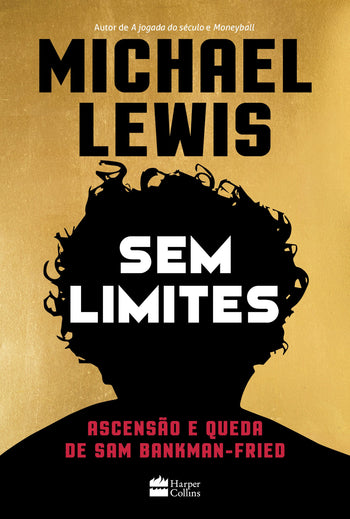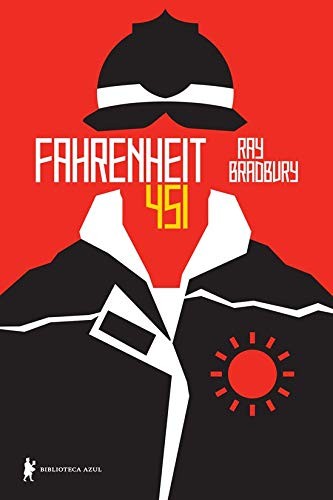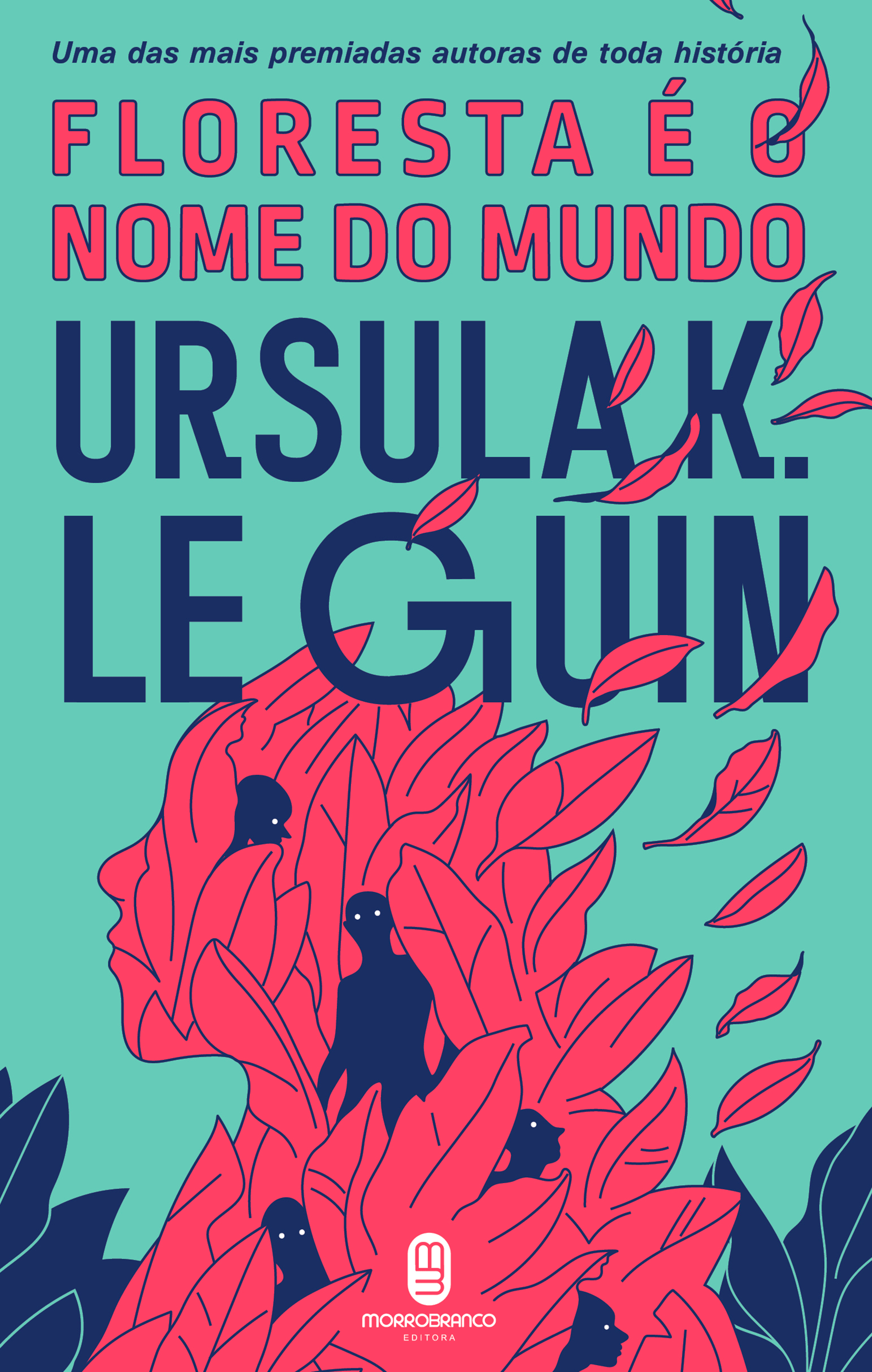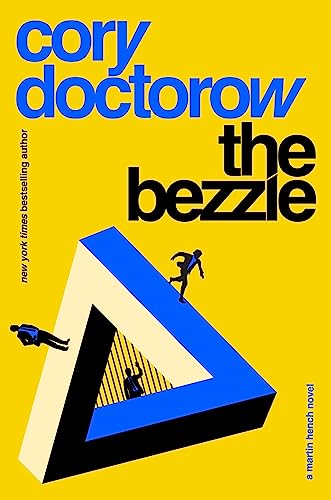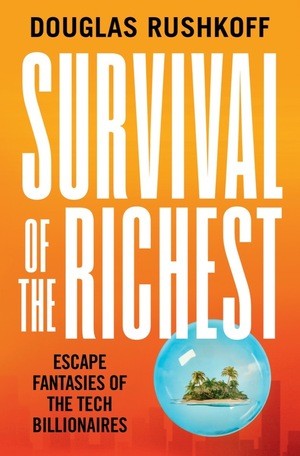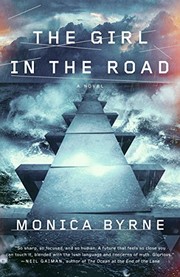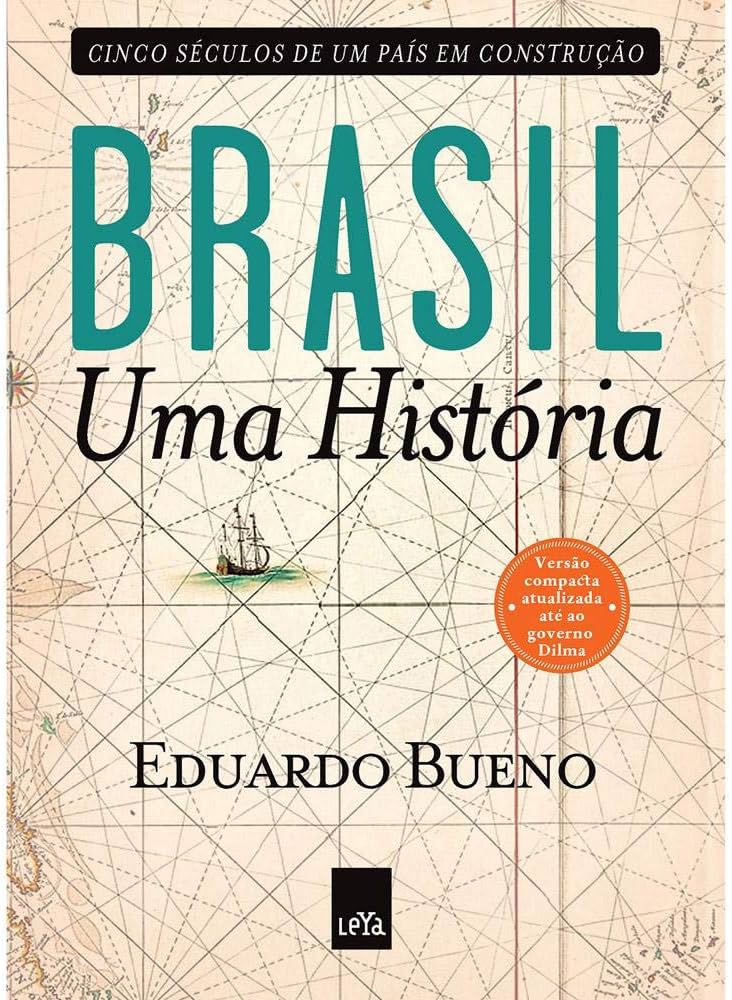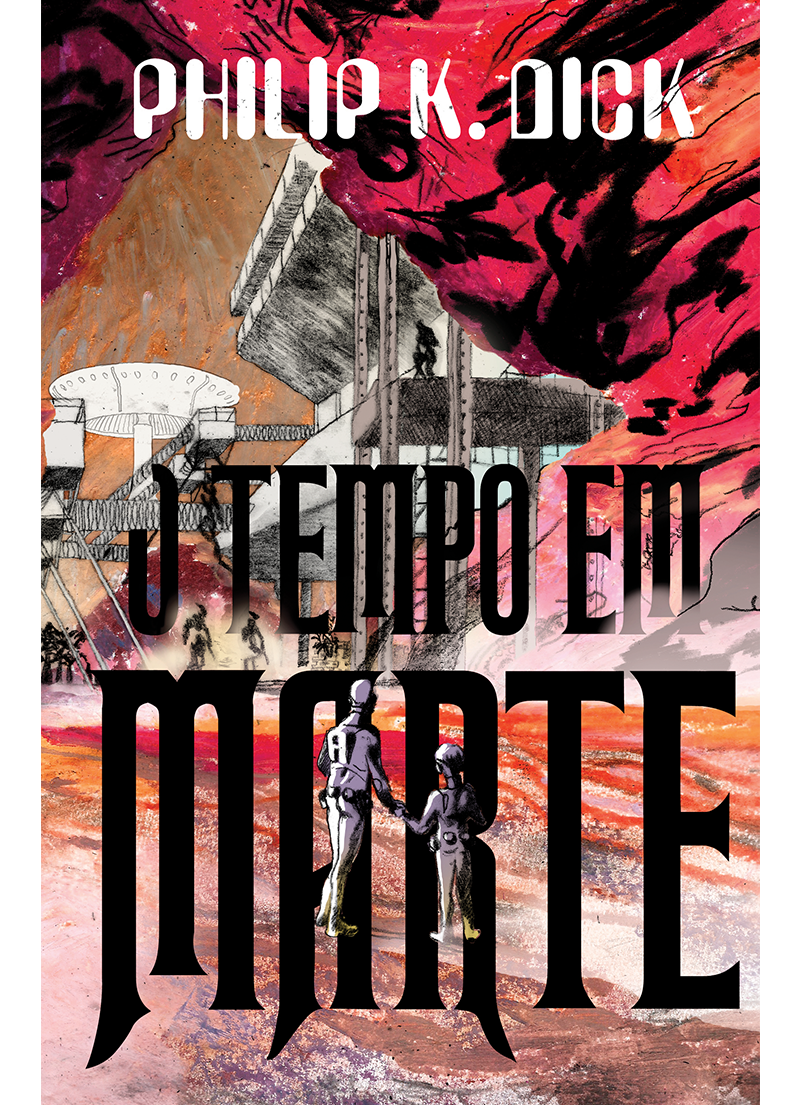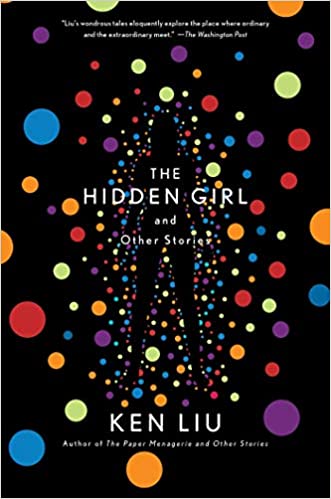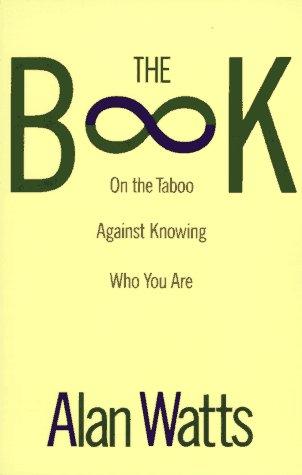sol2070 reviewed Sem limites by Michael Lewis
Envolvente thriller de não ficção
5 stars
(original com links → sol2070.in/2024/04/ascensao-e-queda-sam-bankman-fried/ )
"Sem Limites" (Going Infinite, 2023), de Michael Lewis, é uma biografia de Sam Bankman-Fried, garoto-propaganda das criptomoedas que teve ascensão e queda vertiginosas. A história vai até sua prisão em 2022 (este ano, foi condenado a 25 anos de prisão por fraude e outros crimes financeiros).
Eu não tinha nenhum interesse especial no assunto ou pessoa, mas livro-reportagem é um dos gêneros que mais gosto. Também acho intrigante o universo TESCREAL. Parecem ideias de ficções distópicas que começaram a vazar para o mundo real. Sam faz parte do movimento Altruísmo Eficaz, uma dessas filosofias. Sua primeira empresa chegou a ser composta exclusivamente por pessoas do grupo.
Essa ideologia casou perfeitamente com o impulso matematizador do bilionário precoce. Ficamos sabendo como, por exemplo, ele calculava as probabilidades de retorno não apenas de cada ação mas também de relações afetivas. Ou como empresas financeiras recrutam negociadores …
(original com links → sol2070.in/2024/04/ascensao-e-queda-sam-bankman-fried/ )
"Sem Limites" (Going Infinite, 2023), de Michael Lewis, é uma biografia de Sam Bankman-Fried, garoto-propaganda das criptomoedas que teve ascensão e queda vertiginosas. A história vai até sua prisão em 2022 (este ano, foi condenado a 25 anos de prisão por fraude e outros crimes financeiros).
Eu não tinha nenhum interesse especial no assunto ou pessoa, mas livro-reportagem é um dos gêneros que mais gosto. Também acho intrigante o universo TESCREAL. Parecem ideias de ficções distópicas que começaram a vazar para o mundo real. Sam faz parte do movimento Altruísmo Eficaz, uma dessas filosofias. Sua primeira empresa chegou a ser composta exclusivamente por pessoas do grupo.
Essa ideologia casou perfeitamente com o impulso matematizador do bilionário precoce. Ficamos sabendo como, por exemplo, ele calculava as probabilidades de retorno não apenas de cada ação mas também de relações afetivas. Ou como empresas financeiras recrutam negociadores em faculdades onde a média de pessoas no espectro autista é dez vezes mais alta — foi assim que ele conseguiu o primeiro emprego, onde tomou gosto por hackear o mercado.
Apesar de a narrativa não especular sobre a neurodivergência de Sam — em sua defesa no tribunal sua “condição autista” foi alegada como atenuante —, os sintomas todos aparecem de forma muito clara. A história também é um mergulho nesse modo extremamente particular como ele vê o mundo, além da trajetória do enriquecimento frenético e de sua proclamada convicção no ideal do Altruísmo Eficaz — enriquecer para doar. Um dos aspectos mais intrigantes de sua personalidade é que ele aparentava mesmo não estar agindo apenas para ganhar a maior quantidade de dinheiro possível. Mas o autor também aponta diversos furos onde a nobre narrativa de Sam não cola.
Como outros livros do jornalista Michael Lewis, "Sem Limites" é um envolvente thriller vira-páginas de não-ficção. Já até comecei outro, "A Premonição", sobre covid.
(Li o original em inglês e não sei como é a versão traduzida.)

